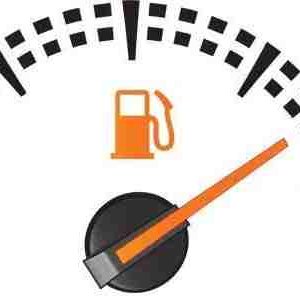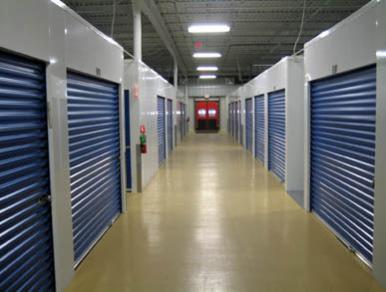
In our last post we noted how the daily wear and tear of America’s leading bridges are in turn becoming high-risk threats for collapse. In this post, we will continue to discuss briefly some failed attempts at increasing the gas/diesel taxes to help pay for the safety and restoration of these bridges, as well as our roads. Additionally we look a little deeper into what present measures are being taken by both the road departments, and even our nation’s tractor-trailer drivers.
It is important to note, as previously stated, that there have been several failed attempts regarding a tax hike to assist our road departments in the tremendous amount of financial burdens that are required in the upkeep of roads and bridges. Most recently a suggested tax hike of 5 cents per gallon, was almost put through by Jim Oberstar (D) who represented Minnesota during the I-35 West bridge collapse. Though it was strongly supported, the proposal failed. While repair money comes from numerous sources, including toll bridges and private partners, the vast majority of states simply do not have money to make all the necessary repairs required.
Interestingly, it is our nation’s truckers who are really taking measures in doing their part to avoid unnecessary damage to the bridges that they must cross over countless times. Simple measures such as not speeding, and avoiding heavy loads if they know they are going to be crossing particular bridges are beginning to play a role in the minds of semi-drivers now more than ever. Bridges are required to undergo special engineering analysis designed to measure safe load-carrying capacity. If the bridges fail to meet their minimum 3 ton limit, they are simply shut down.
Truckers are also using special GPS models which show on their screen which bridges are safe for the loads they are hauling. They still mainly rely on the individual states’ Commercial Vehicle Enforcement Departments, which send out regular notices of any upcoming dangers and other much-needed information regarding the trucking industry.
And when all else fails, leave it to technological advances to one again save the day! Current research is being conducted and developed, which includes optical fiber sensors on bridges which can alert road departments of trouble by sensing the vibrations of the bridge and measuring them in comparison to traffic and even earthquakes. While the California Department of Transportation is still conducting field studies, these sensors are not officially in use as of now. This is due in large part to the individual cost ($1,000 per sensor), but additionally the labor and technology required to actually monitor them.
There is a great amount of planning and preparation required in the maintenance and upkeep of our bridges. While the cost can be significantly expensive, you just can’t put a price on the lives that are saved by those who cross safe, sturdy and reliable bridges.


















Leave Your Response